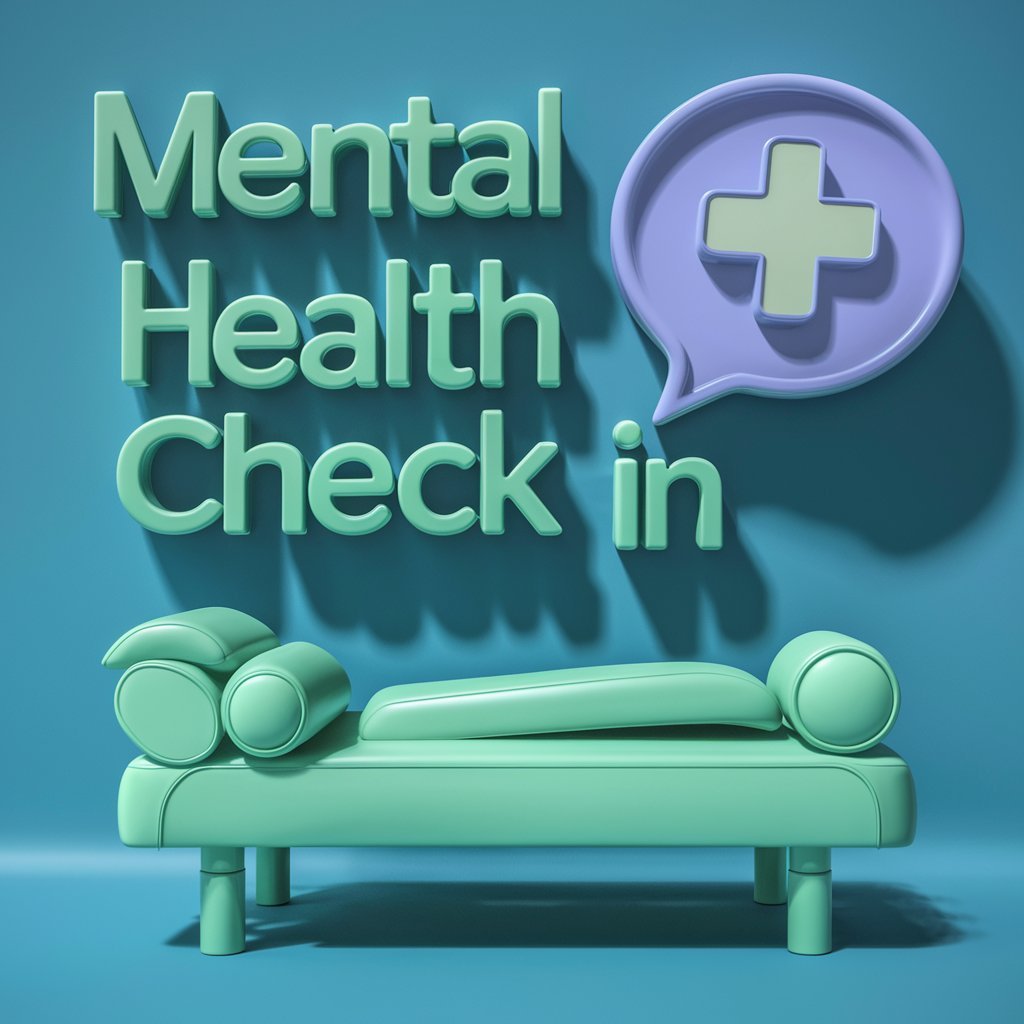Nonverbal communication plays a crucial role in our everyday interactions with others. While verbal communication involves the use of words to convey a message, nonverbal communication encompasses the use of gestures, facial expressions, body language, and tone of voice to communicate with others. In fact, research has shown that nonverbal cues can often have a greater impact on how a message is perceived than the actual words used.
Types of Nonverbal Communication
There are several types of nonverbal communication that can influence the way we connect with others. These include:
- Body Language: This includes gestures, posture, facial expressions, and other movements of the body that can convey emotions and attitude.
- Eye Contact: Making eye contact with someone can signal interest, respect, and attentiveness.
- Tone of Voice: The way we speak can convey emotions such as anger, excitement, or sadness.
- Proximity: The distance between individuals can communicate intimacy, dominance, or aggression.
- Touch: Physical touch can convey affection, comfort, or dominance.
The Importance of Nonverbal Communication in Building Connections
Nonverbal communication can significantly impact the success of our interpersonal relationships. When we are able to effectively interpret and use nonverbal cues, we can strengthen connections with others, convey empathy and understanding, and build trust and rapport. In fact, studies have shown that nonverbal communication can account for up to 90% of the meaning conveyed in a message.
By paying attention to nonverbal cues, we can better understand the emotions and intentions of others, leading to more meaningful and authentic interactions. For example, a smile and a warm handshake can signal friendliness and openness, while crossed arms and a furrowed brow might indicate defensiveness or disagreement.
How to Improve Your Nonverbal Communication Skills
Improving your nonverbal communication skills can help you build stronger connections with others and enhance your overall communication effectiveness. Here are a few tips to help you enhance your nonverbal communication:
- Be aware of your body language and facial expressions.
- Make eye contact and show interest in the other person.
- Pay attention to your tone of voice and maintain a positive and respectful tone.
- Match your nonverbal cues to your verbal message for consistency.
- Practice active listening and respond to nonverbal cues from others.
Conclusion
Nonverbal communication plays a critical role in building connections with others. By understanding and using nonverbal cues effectively, we can enhance our interpersonal relationships, convey empathy and understanding, and build trust and rapport. Improving our nonverbal communication skills can lead to more meaningful and authentic interactions, ultimately benefiting both our personal and professional relationships.
FAQs
FAQ 1: How can I improve my eye contact during conversations?
To improve your eye contact during conversations, try to maintain a comfortable and natural level of eye contact with the other person. Avoid staring too intensely or avoiding eye contact altogether. Practice making eye contact with friends and family members in a relaxed setting to become more comfortable with this nonverbal communication cue.
FAQ 2: What are some common body language cues that indicate interest or disinterest?
Common body language cues that indicate interest include leaning forward, nodding, smiling, and maintaining an open posture. On the other hand, cues that indicate disinterest or discomfort may include crossed arms, looking away, fidgeting, or avoiding physical contact. Paying attention to these cues can help you gauge the other person’s feelings and adjust your communication style accordingly.





